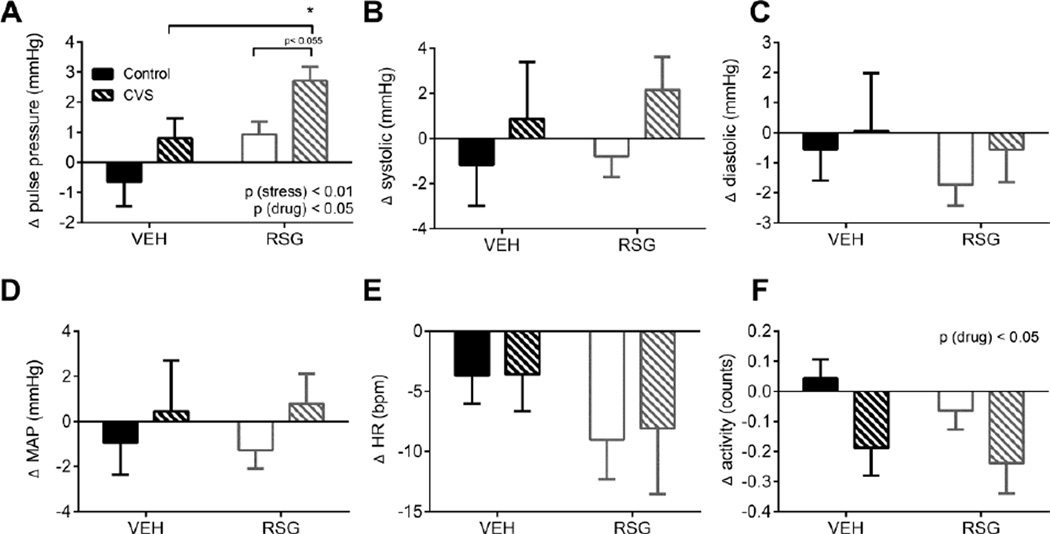Figure 2. Cardiovascular response to chronic variable stress (CVS) and Rosiglitazone (RSG) during the inactive period.
Both CVS and RSG (10 mg/kg body weight, once daily) elicited a significant increase in resting pulse pressure (A). Locomotor activity was significantly decreased by RSG (F). There was no significant effect of either CVS or RSG on systolic (B), diastolic (C), mean arterial pressure (MAP) (D), or heart rate (E). Data were collected between 6:30–8:30 h (in rats maintained on a 06:00–18:00 h light-dark cycle) and averaged over 14 days of CVS and RSG treatment. Bars represent mean ± SEM. * p<0.05 by Tukey’s posthoc test; n =7–8 rats per group.

